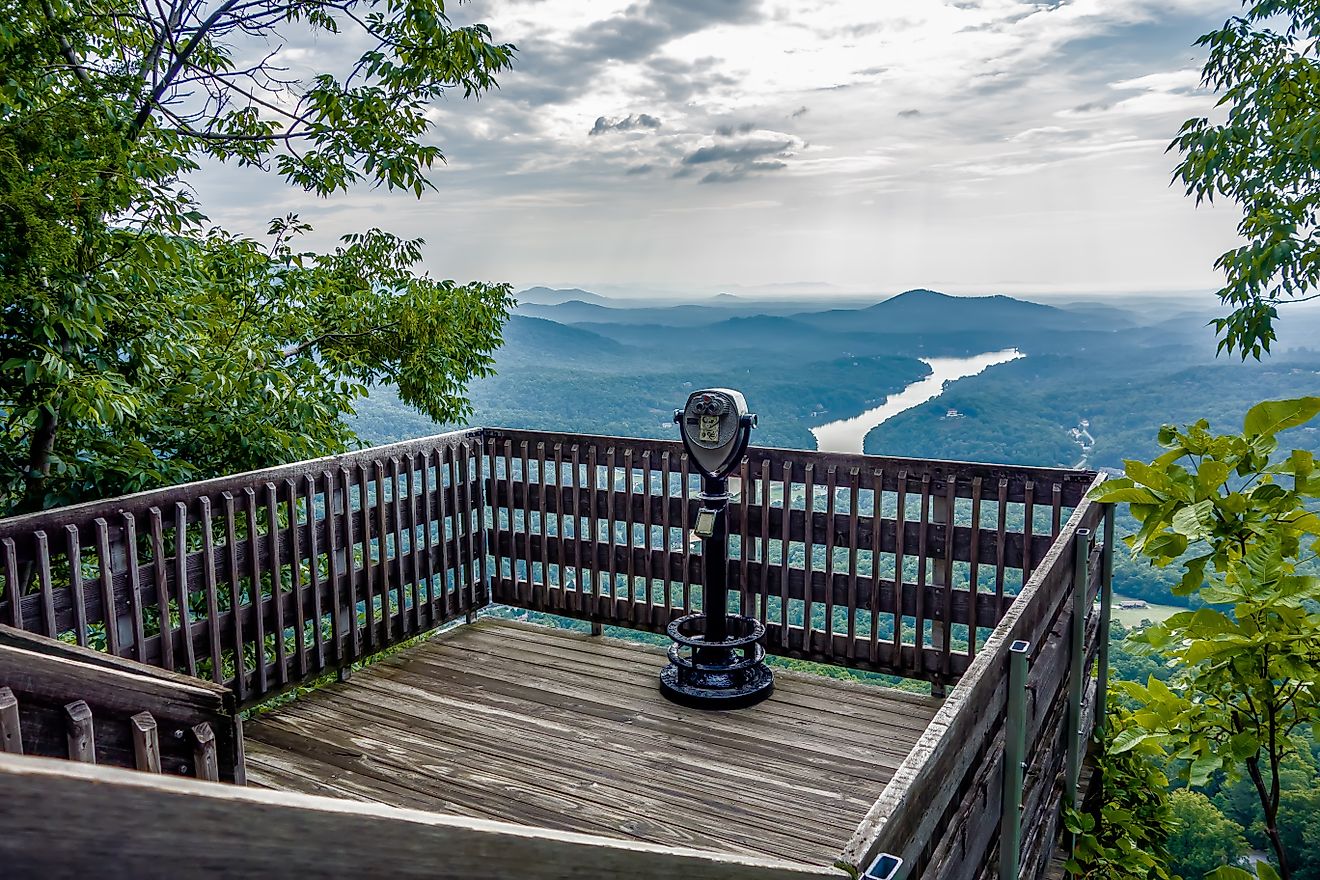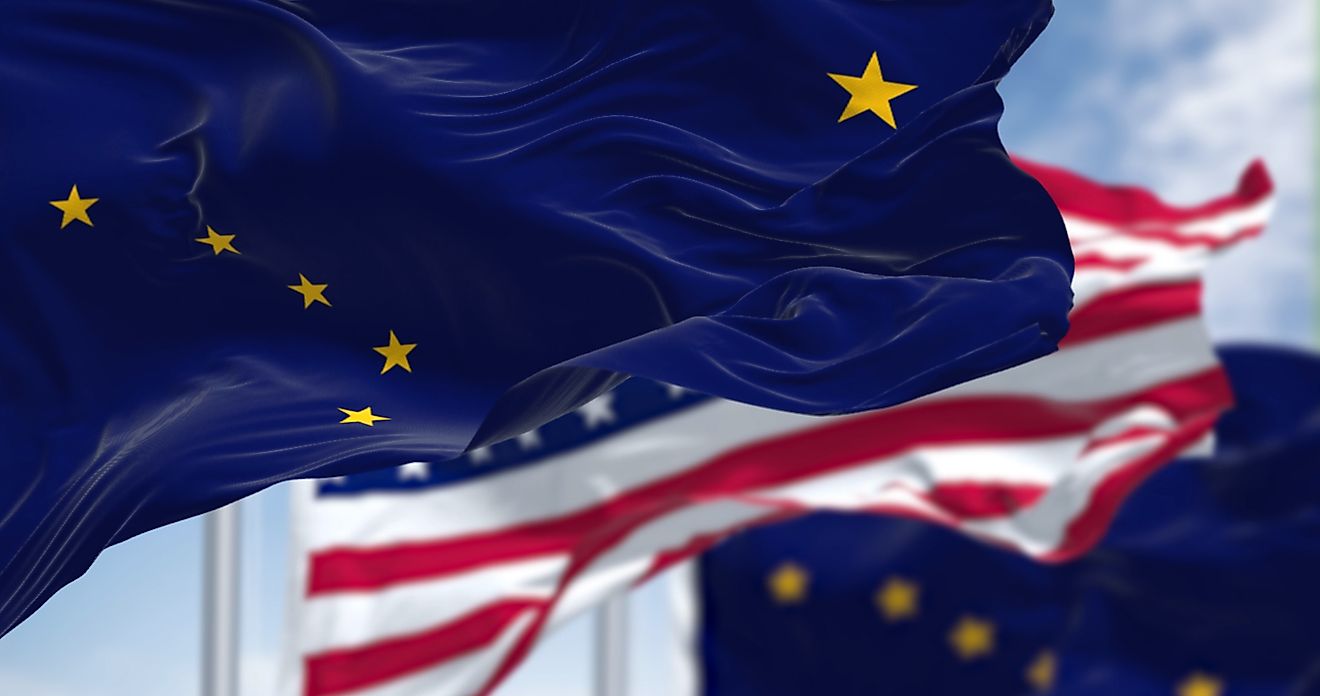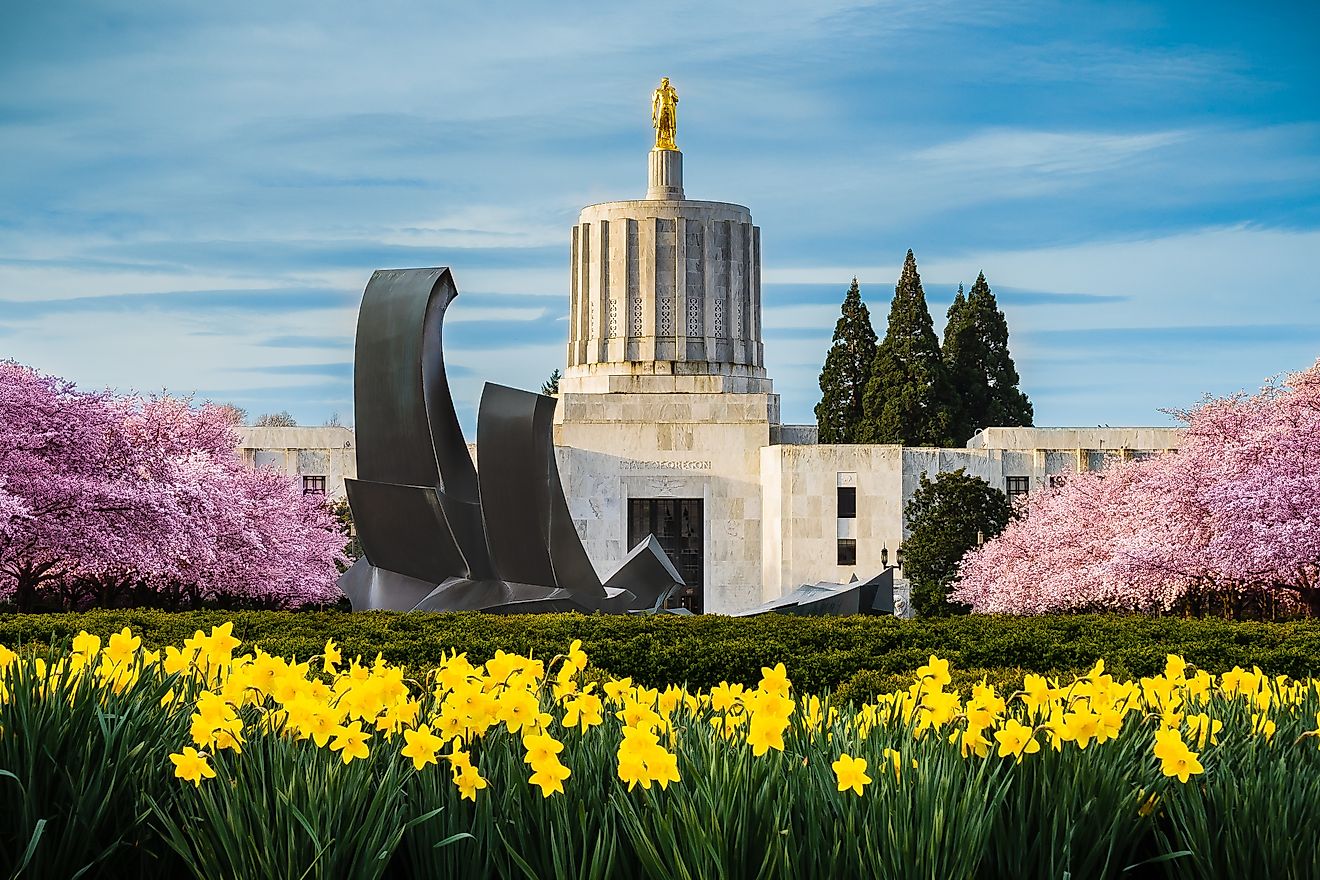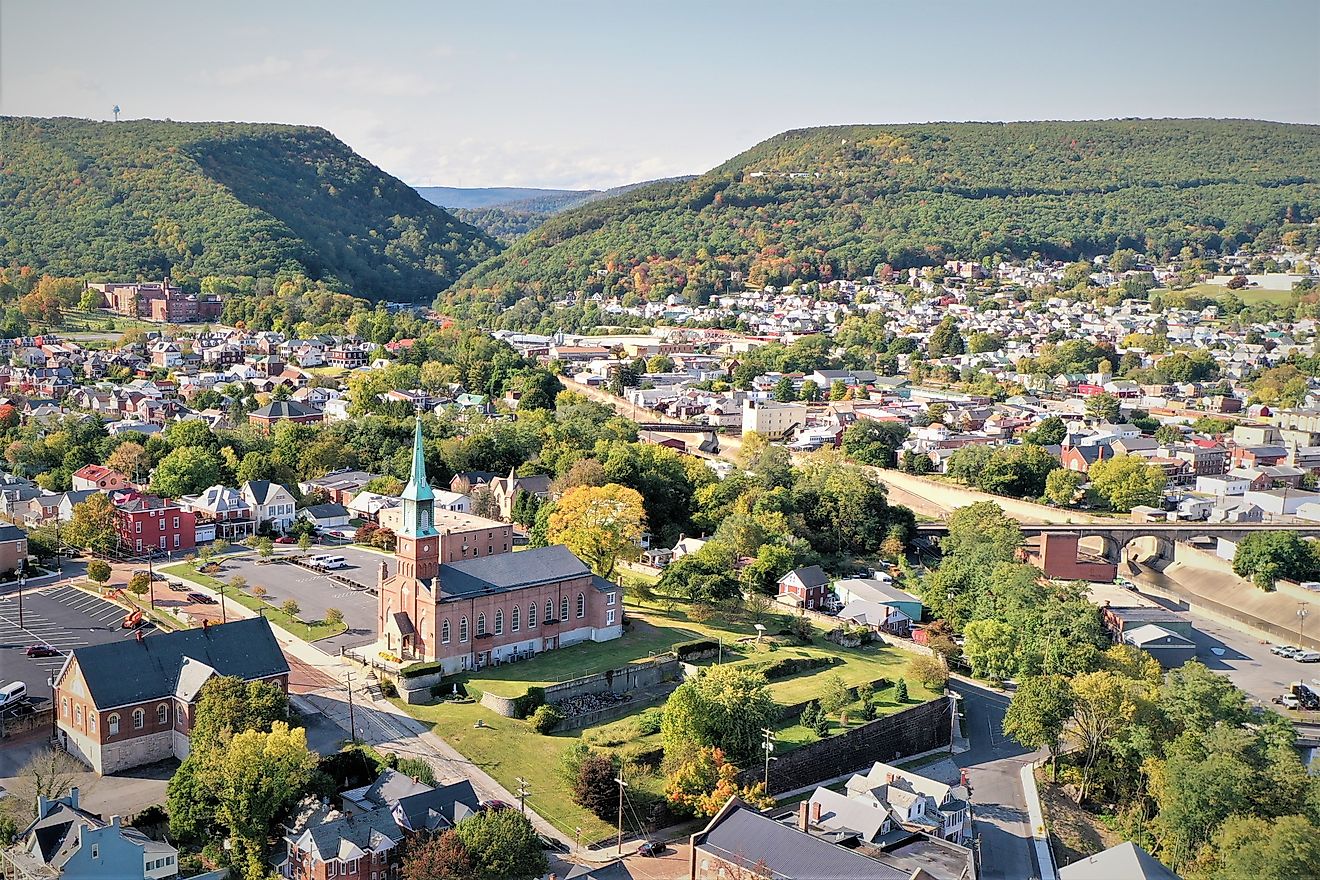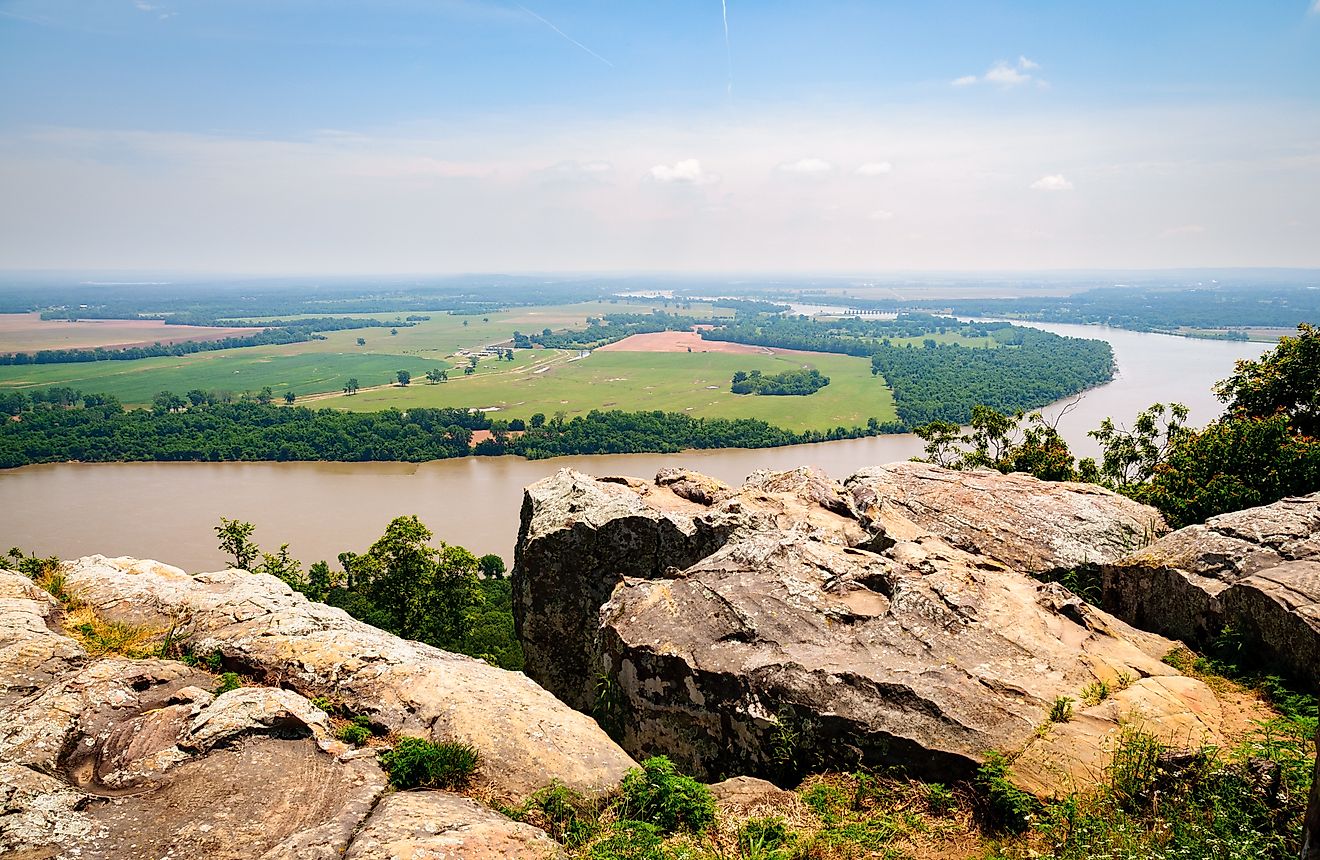
The US State That Was Created as a Result of The Civil War
In the middle of America’s most divisive conflict, one state was born. West Virginia became the only US state created directly as a result of the Civil War. Its split from Virginia in 1863 was not only a geographical change but also a bold political statement that reshaped the Union during one of its darkest hours.
The Civil War was about much more than battles and generals. It tore communities apart, forced families to pick sides, and even redrew the map of the United States. West Virginia stands as the most striking example of how the conflict physically altered the nation. Its story reveals how geography, culture, and loyalty collided in the Appalachian Mountains and produced a new state that has remained unique ever since.
A State Born Out of War
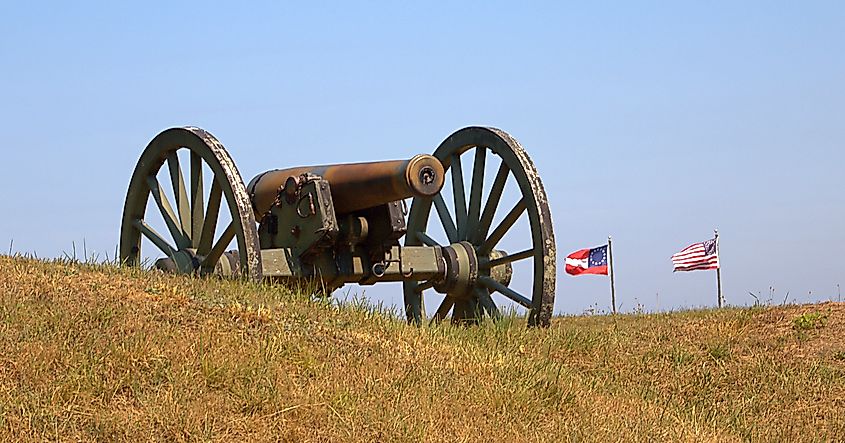
The year was 1861. Eleven Southern states had broken away from the Union and formed the Confederacy. Virginia, one of the original thirteen colonies and home to the capital of the Confederacy in Richmond, had voted to secede. But not everyone in Virginia agreed with this decision.
In the rugged Appalachian Mountains to the west, communities felt little connection to the plantation economy of eastern Virginia. Many residents were small farmers or laborers who did not own enslaved people. They saw little benefit in joining the Confederacy and were far more sympathetic to the Union cause.
These differences ran so deep that when Virginia left the Union, the western counties pushed back. Representatives from these regions convened in Wheeling, holding what became known as the Wheeling Conventions. Their goal was clear: oppose secession and create a government loyal to the Union.
From Conventions to Statehood
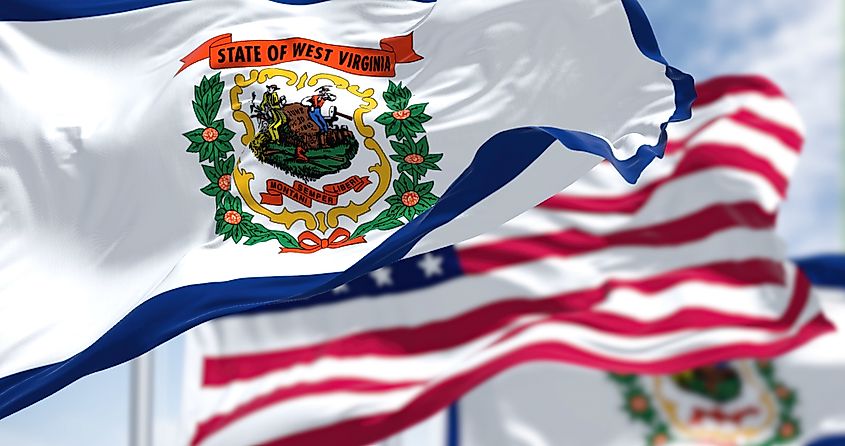
The Wheeling Conventions took place in May and June of 1861. At first, the delegates declared that Virginia’s secession vote was illegal. They set up a Restored Government of Virginia, which claimed to represent the entire state but was based in Union-friendly western counties.
This new government quickly petitioned Washington to recognize a new state separate from Confederate Virginia. The request landed on the desk of President Abraham Lincoln, who faced a thorny constitutional question.
Article IV of the US Constitution requires the consent of a state’s legislature for a new state to be carved from its territory. Normally, this would mean Virginia’s legislature in Richmond needed to approve. But since Richmond had seceded, Lincoln instead accepted the consent of the Union-backed Restored Government of Virginia.
After much debate in Congress, a bill passed to admit West Virginia as the 35th state. On June 20, 1863, West Virginia officially joined the Union.
Why West Virginia Stood Apart

The creation of West Virginia was about more than just political convenience. The region’s culture, economy, and geography had always set it apart from eastern Virginia.
-
Geography: The Allegheny Mountains made travel and trade between east and west difficult. Western residents often looked north toward Pennsylvania and Ohio rather than east toward Richmond.
-
Economy: Eastern Virginia thrived on plantations, enslaved labor, and tobacco. Western Virginia had few plantations. Its economy centered on small farms, timber, and later coal mining.
-
Slavery: In 1860, enslaved people made up only about 5 percent of the population in western counties, compared to nearly one-third in the east. This difference shaped attitudes toward secession.
These divisions had brewed for decades, but the Civil War brought them to the surface and forced a permanent break.
West Virginia’s Civil War Experience
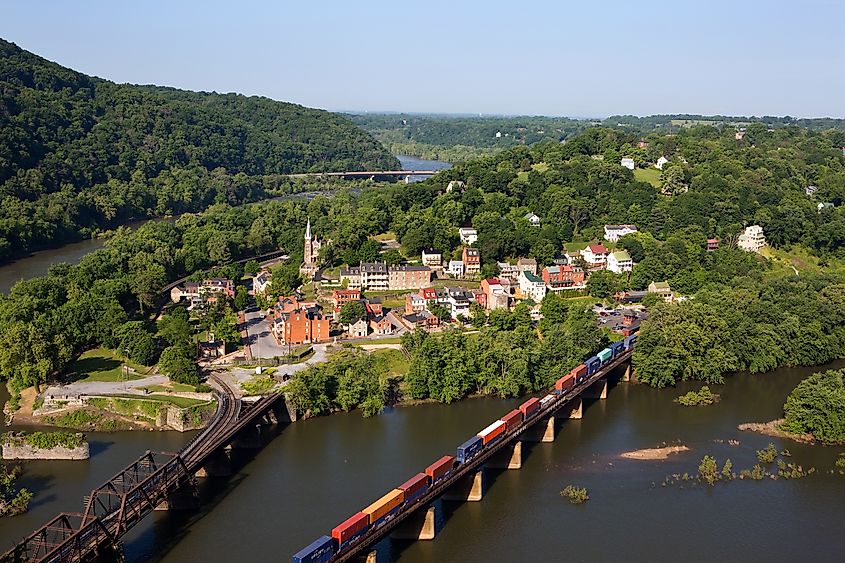
Even after its admission, West Virginia was not free from conflict. The state’s strategic location made it a battleground. Both Union and Confederate armies fought for control of its railroads, rivers, and mountain passes.
-
The Baltimore and Ohio Railroad, a vital supply line for the Union, ran directly through West Virginia. Protecting it was a top priority.
-
Harpers Ferry, already famous for John Brown’s 1859 raid, changed hands multiple times during the war.
-
Many counties remained divided. Families were often split, with brothers fighting on opposite sides.
By the war’s end, an estimated 32,000 West Virginians fought for the Union while about 18,000 fought for the Confederacy. This dual loyalty reflected the state’s complicated birth.
Lincoln’s Bold Gamble
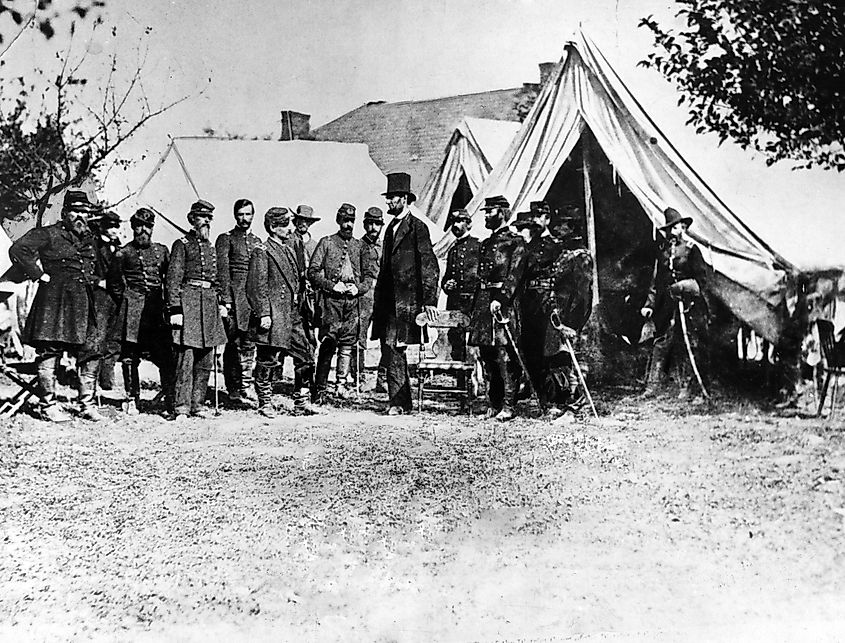
President Lincoln understood the risks of approving West Virginia’s admission. Critics argued it was unconstitutional, since Richmond had not consented. Others worried it might set a precedent for future breakaway states.
But Lincoln defended the move. In his view, the creation of West Virginia was “a measure made expedient by a war.” The Union needed loyal territory and control of key transportation routes. By recognizing West Virginia, Lincoln gained both.
History ultimately sided with Lincoln. While controversial at the time, the Supreme Court later upheld West Virginia’s statehood. Today it remains one of the most distinctive examples of how war shaped the nation.
Life After Statehood
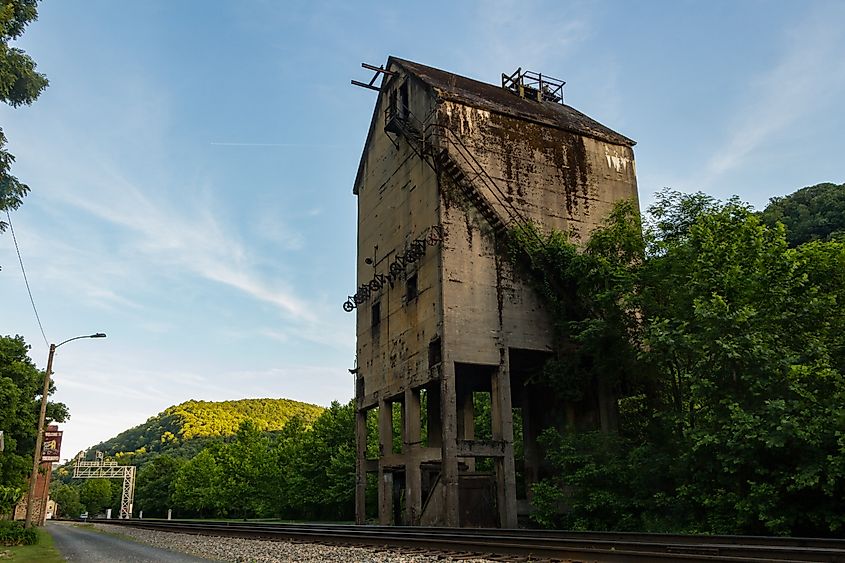
When the Civil War ended in 1865, West Virginia faced the challenge of building its own identity. The state soon became known for its natural resources. Coal mining, timber, and natural gas would dominate the economy for the next century.
Yet the rugged mountains that once isolated the region also gave it cultural resilience. Communities developed strong traditions in music, folklore, and craftsmanship. Appalachian culture flourished here, giving West Virginia a unique voice within the Union.
West Virginia’s Unique Place in American History
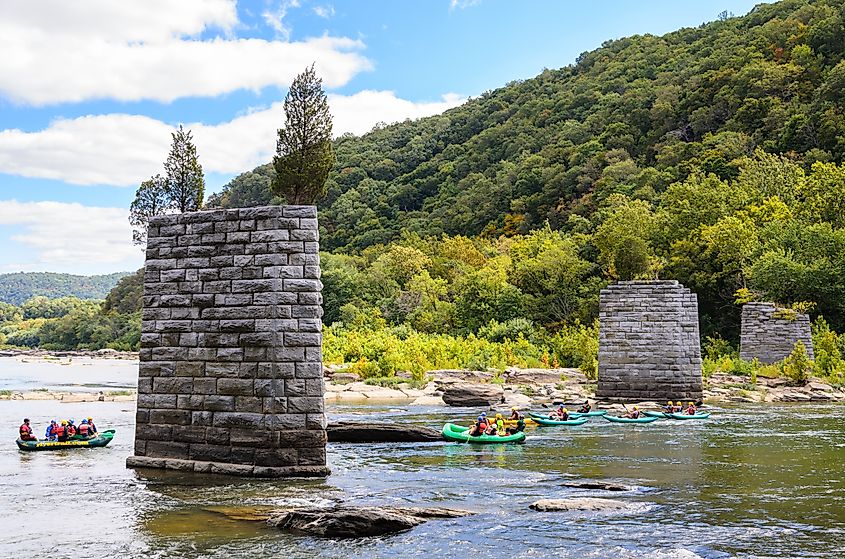
West Virginia remains the only state formed by separating from a Confederate state during the Civil War. That distinction makes its history especially significant. The state embodies the divisions that ripped America apart in the 1860s, but also the resilience of communities determined to choose their own path.
Today, travelers can still see the echoes of this history. Historic sites like Harpers Ferry, Wheeling’s Independence Hall, and Civil War battlefields tell the story of a state that rose out of conflict. Meanwhile, the mountains and rivers that once divided east and west now attract hikers, climbers, and whitewater rafters from across the country.
Fun Facts About West Virginia’s Creation
-
West Virginia became the 35th state in 1863, right in the middle of the Civil War.
-
The state motto, “Montani Semper Liberi” (Mountaineers Are Always Free), reflects its independent spirit.
-
It was the first state to break away from another state since Maine separated from Massachusetts in 1820.
-
President Lincoln signed the statehood bill on December 31, 1862, making it his final act of that year.
-
West Virginia’s statehood was officially recognized on June 20, 1863, which is still celebrated as West Virginia Day.
